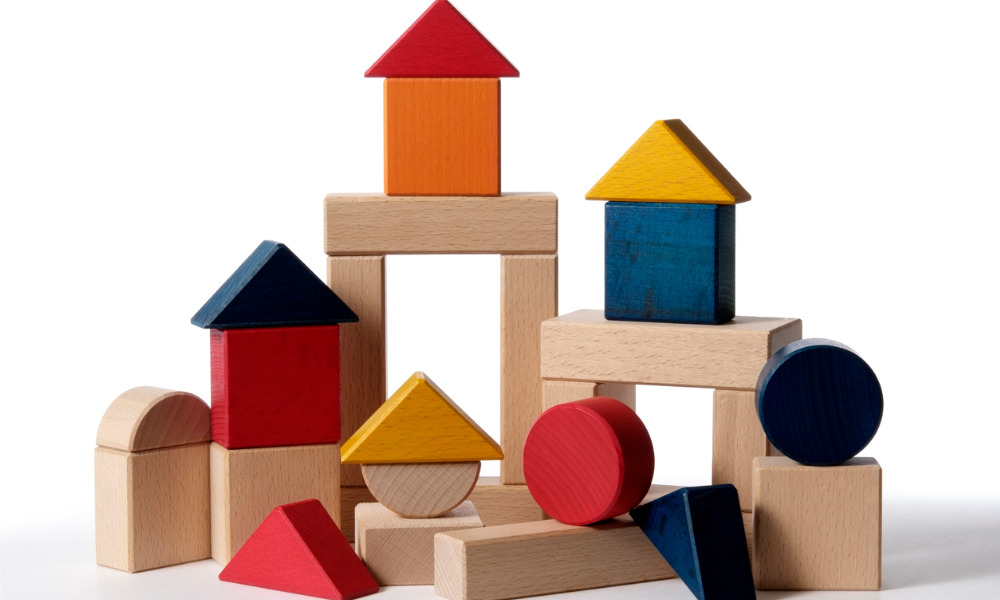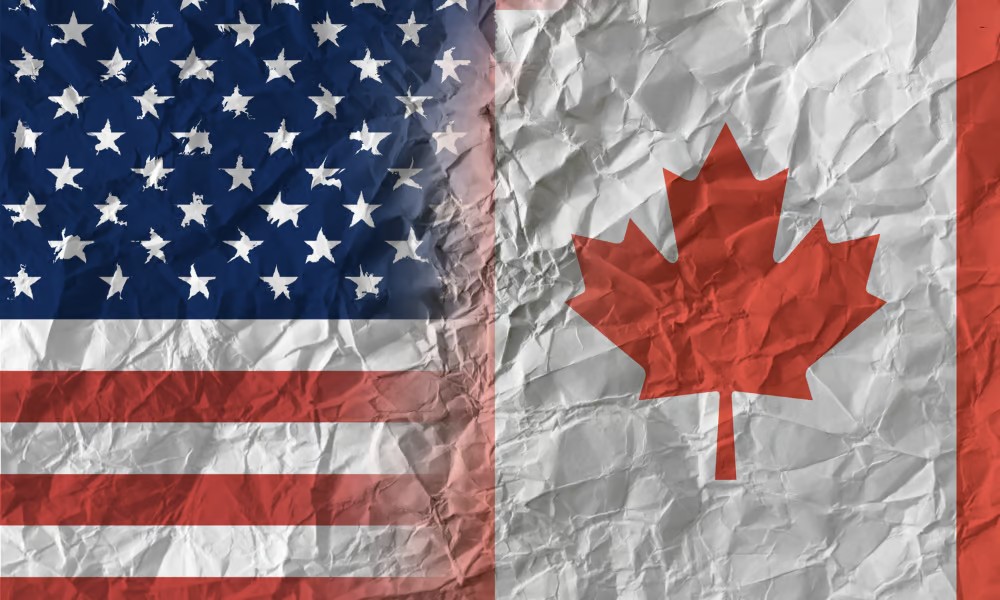During the COVID-19 pandemic, the need for empathy, collaboration and listening is being underscored

by Venita Indewey
Most of us understand learning either from a didactic or academic sense. We acquire knowledge through an instructor, reading books or taking courses. Internalizing and applying that learning depends on the insights gleaned by the learner and motivation to act on those insights.
Learning from feedback on performance works in a similar fashion. The leaders’ perspective of how a team member performs is based on observation but that does not mean that feedback is timely or provides the insights and motivation for learning and course correction. What’s often missing in feedback is the clear impact of that performance or behaviour on others or the business.
Feedback is the most powerful input to engage leaders to shift their behaviours or approach. It tells us what we don’t know about ourselves.
Experiential learning is a powerful way to get feedback both from an experience and others engaged in that same experience. Gamification, role play and simulations are exceedingly effective tools that engages us in learning by doing and creates an immediate feedback loop. It's like holding up a mirror to your responses in a situation. When followed by debriefs and reflection, the lessons learned are deepened.
In hospitals, we use a form of experiential training to provide clinicians with deeper learning to understanding the patients’ perspective. Clinicians role play with “standardized patients”—actors who very accurately stay in the character of a patient in terms of personality, concerns and medical conditions.
Clinicians engage in the role play, applying prescribed skills. They are still able to “call a friend” when the interaction is not going well to correct their approach or try new avenues. The “patient” is primed to respond to the best path, so learners explore different approaches and respond to cues. After all, communication is complex. Later, the “patient” provides feedback on the cause and effect of the approaches taken.
We try to apply some of the same adult learning principles in leadership development. At the University Health Network (UHN), we have over 900 leaders at various levels managing vast spans of control in a 24-7 operation. Emotions often run high, and understanding each other, as well as leading with compassion, are critical. Experiential learning zeros in on key lessons that can be immediately translated into improved skills.
We have for years used role play, standardized patients, and interactive practices to build leadership capability. But how do you teach the experience of empathy, appreciation for diversity, and what it takes for real collaboration? How do you shine a light on the impact a leader has on others in a way that is safe and enables lasting learning?
Gamification to tackle difficult topics
That’s where TwentyOne Toys comes in. This group have used gamification and fun to tackle these difficult topics – even how to fail - in an appealing and effective way. As a social enterprise, the company employs play and toys to train organizations on critical 21st century skills.
My initiation took place in a workshop audience of organizational development professionals well versed in experiential learning. Going into the game, I felt that I knew certain things about myself that have proven to work well in team settings. I’m aware of my less attractive default behaviors but like to think I have learned to curb them. I went in thinking, “Let the games begin”.
We played an empathy game and I was paired with a colleague I knew well and several “observers” new to me. I naturally felt there must be some element of competition after all, the game is a puzzle that needs to be solved – right? Wrong. I felt that with my partner, there was a degree of predictability to our styles that would help us to be effective. Of course, the unpredictable happened. Our toy model of sturdy wooden pieces we were meant to replicate fell apart. This shouldn’t have been a problem. Except in this game the builder is blindfolded and is relying on a guide (myself) to instruct them on how to build the given model.
True to form, under pressure, my true colours came out. I began directing people on what we should be doing next. I was on a mission – not such a collaborative approach. I was aware of how I was behaving even as I did it but still struggled to amp down my directive style. The opportunity for innovation was lost. This was a personal lesson for me. No matter how hard I have tried, stress, even in the form of fun competition, triggers those same deep-rooted behaviours I’ve been managing since I was 10 years old. This shows up in the workplace.
By keeping to gamification and fun, training like that of TwentyOne Toys can simulate the workplace dynamic in a practice session where it’s still a game. With no right or wrong way to play, the workshop was engaging and the learning hit home. And the debrief by the facilitators enables all participants to understand their impact and how others perceive their approach. This game lends a whole new understanding of what it means to listen.
Psychological safety in a pandemic
The applications are enormous. Senior leadership or those used to being in charge can observe how different approaches can be more effective by watching various players support the builder. The game is an effective example of how communication can break down in teams in a vacuum of direction and role clarity. How do the players work through how to organize themselves around a common purpose?
Employers’ responses to Black Lives Matter has triggered activity around empathy and bias-free training. By fostering and amplifying these behaviours, they will increase diversity in both race and ethnicity, as well as different thinking styles. You can't tell people to remove their biases. They must see them in action. The empathy game demonstrates beautifully how a diversity of perspectives can help to problem solve more effectively, while highlighting the challenges diversity creates during the exercise.
During the COVID-19 pandemic, the need for empathy, collaboration and listening is being underscored. I anticipate organizations will focus on skill building in those areas in the coming year. In Canada, we’re not often in that position of threat so as leaders, it’s easy to look past Maslow’s hierarchy of needs. But the pandemic has brought psychological safety to the forefront at all levels.
How the pandemic and all its repercussions (working from home, commuting, caring for and even educating your children) are experienced is a very individual matter. It creates the added complexity for leaders to practise empathy, greater compassion, and flexibility during a time when it would be easy to let operational issues dominate.
Leaders under this kind of stress can easily revert to hierarchical behaviors, and central decision control at the time when transparency, close listening and distributed decision making are most needed to build trust in our intentions.
Is empathy missing in leadership coaching? What would our corporate world be like if “Tell me what you need to do this job well’ was the place we started from? Self-awareness, empathy, compassion, inclusivity, respect and listening are skills most leaders would like to believe are a part of their leadership DNA. But what if they aren’t? What if you are a very senior leader and don’t want to be exposed? Training that generates conversation and insights is well worth the time.
Venita Indewey is senior director of organization and employee development at the University Health Network, and a member and event producer at SCNetwork.




